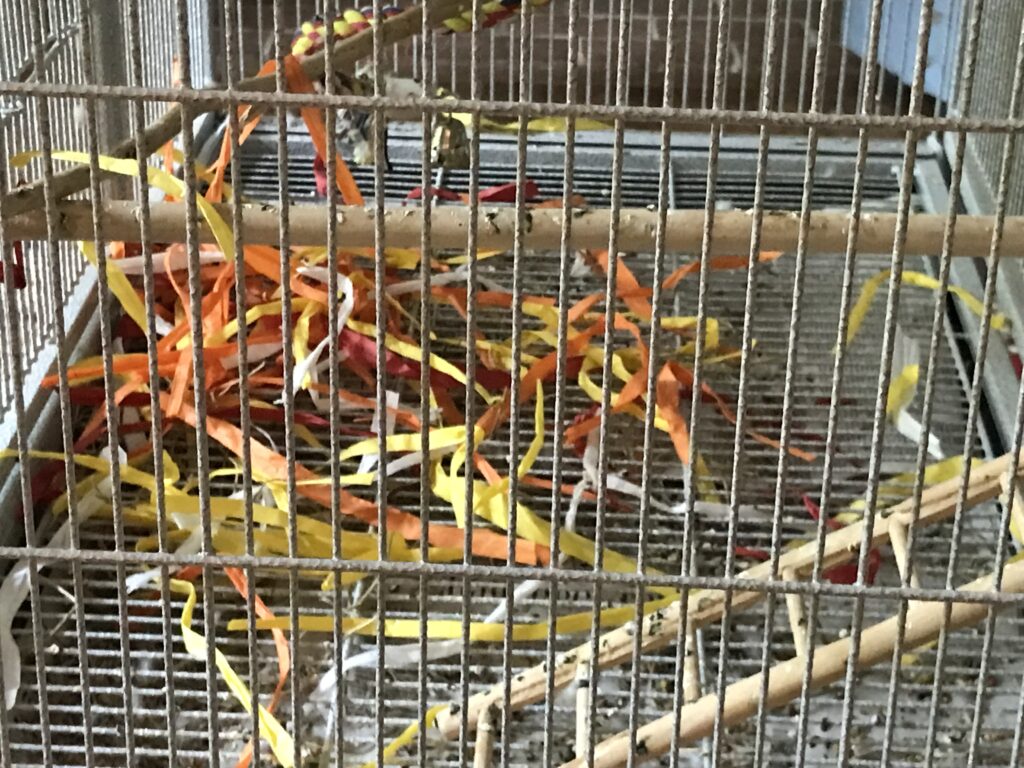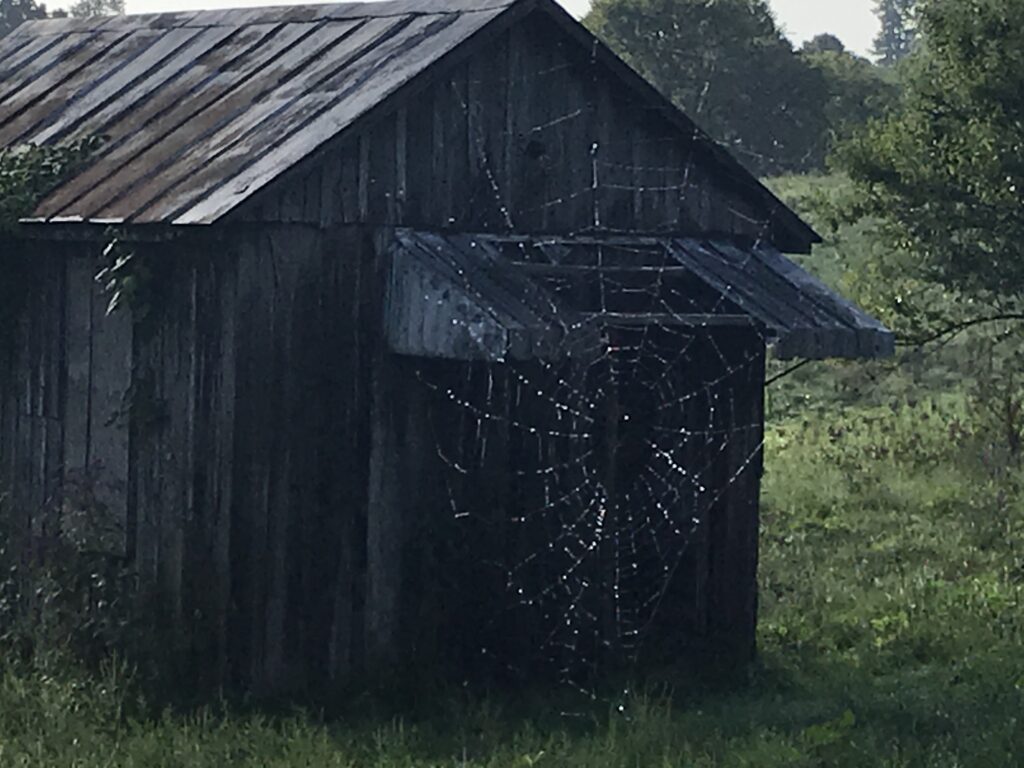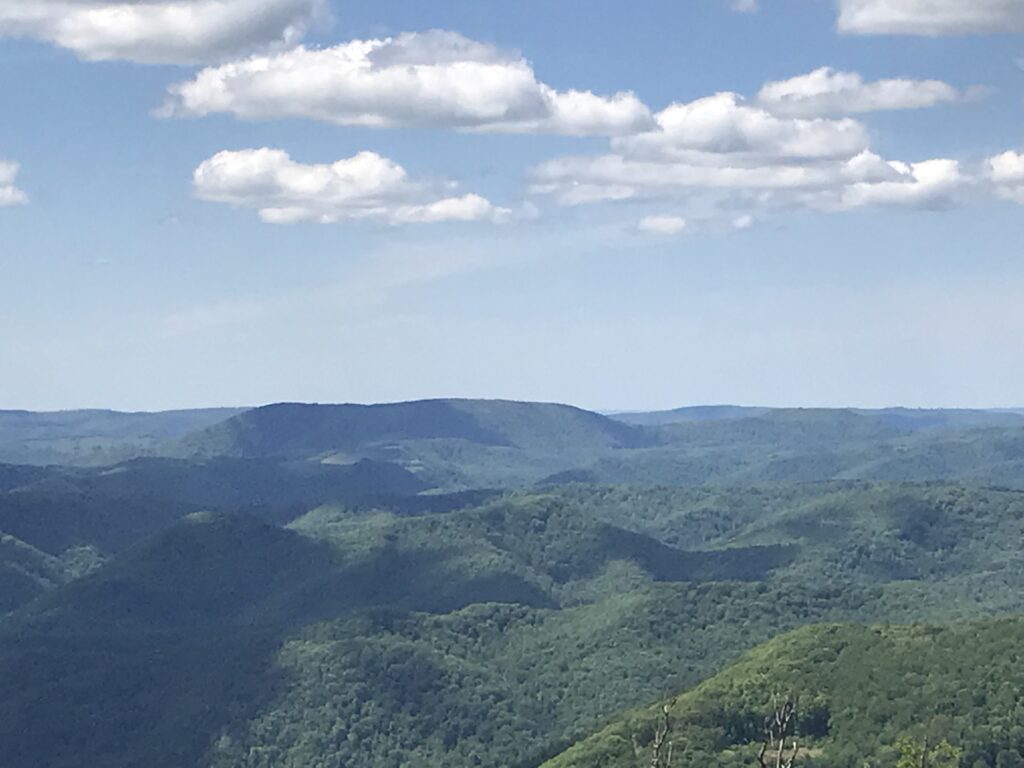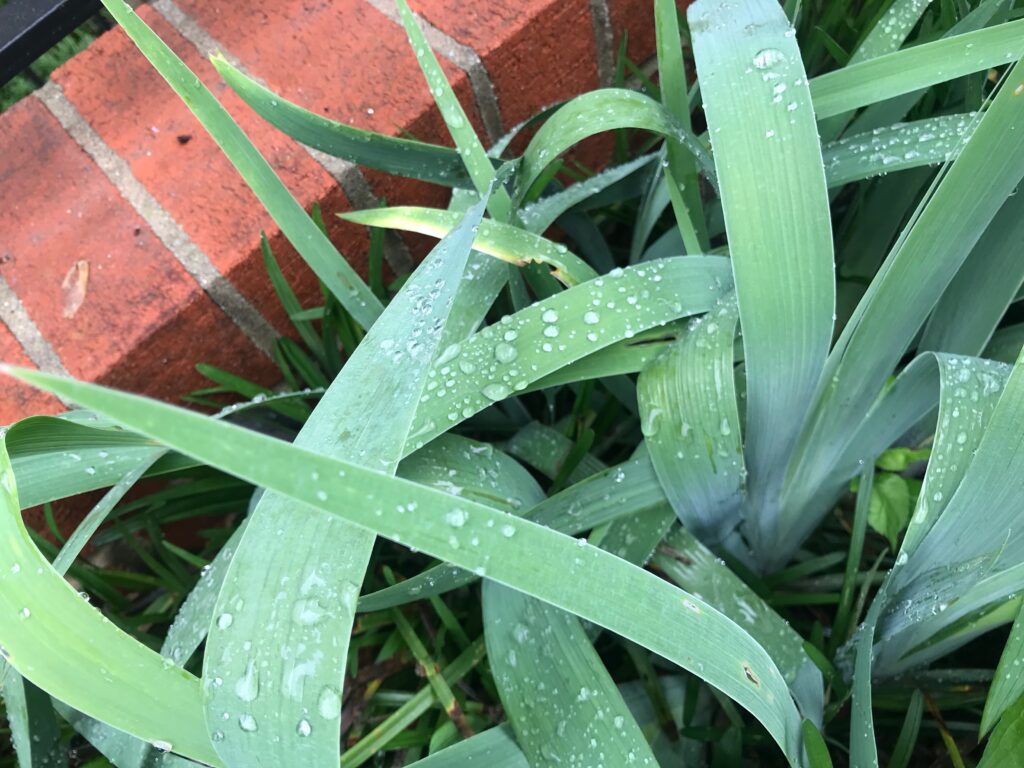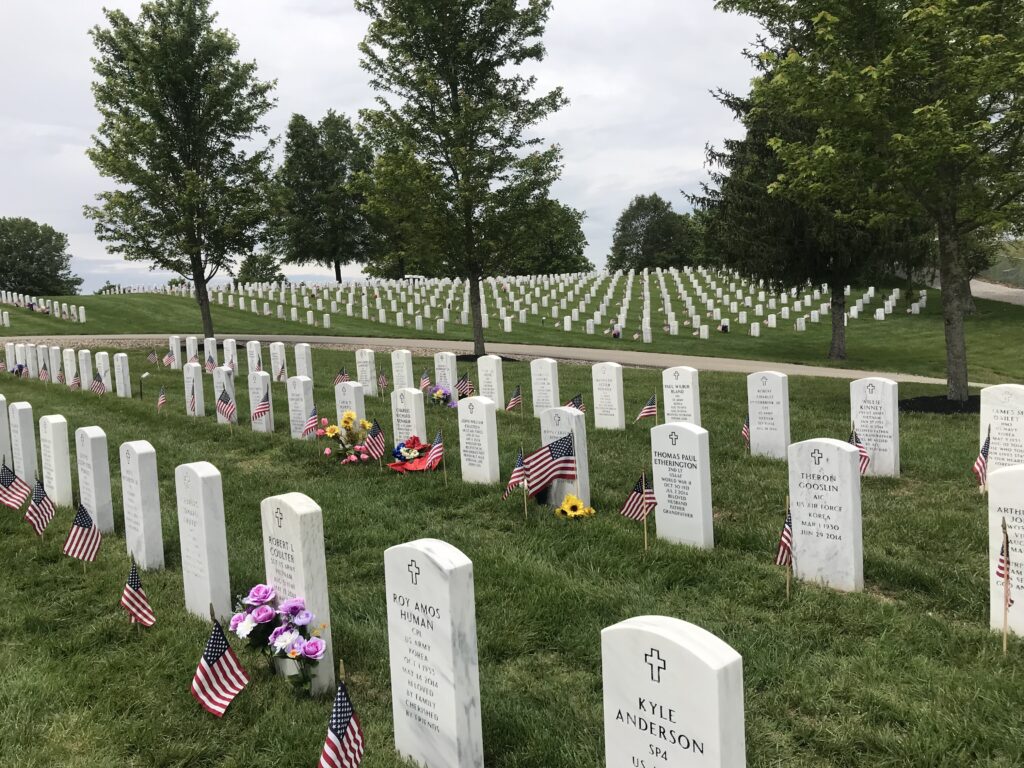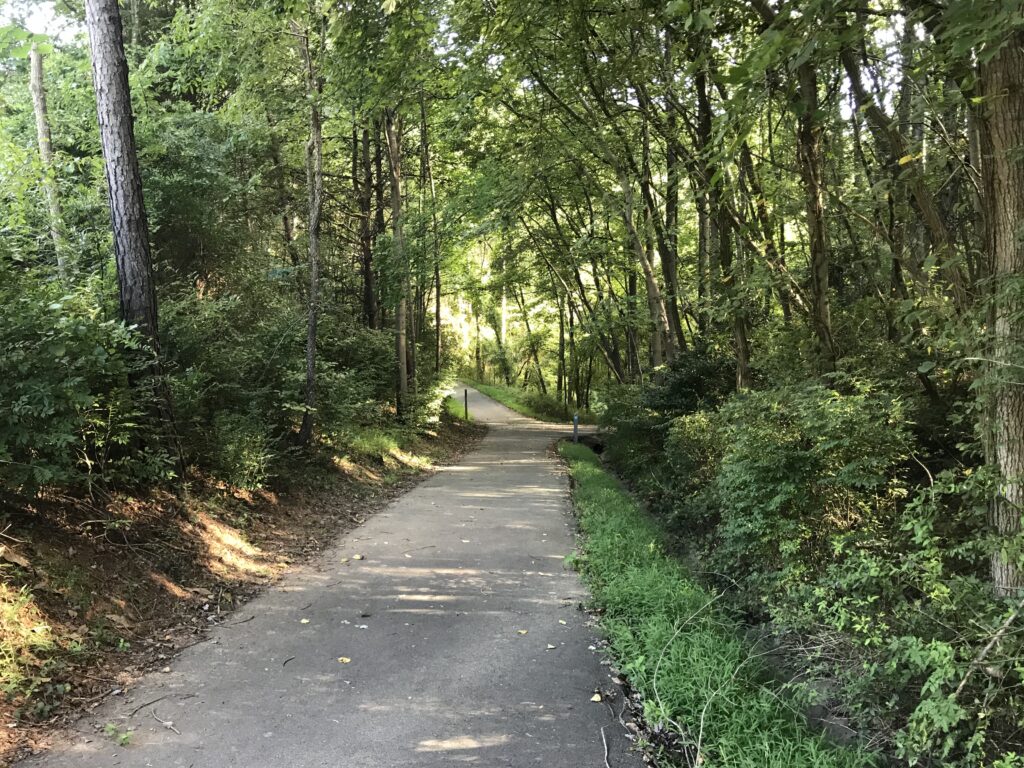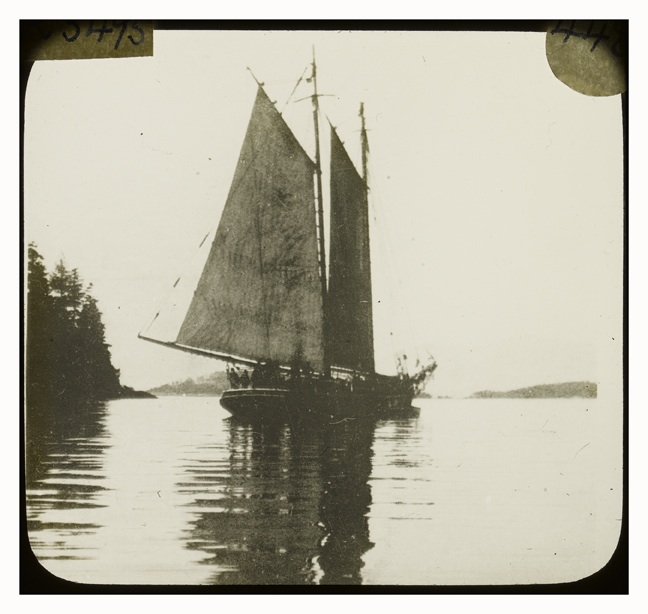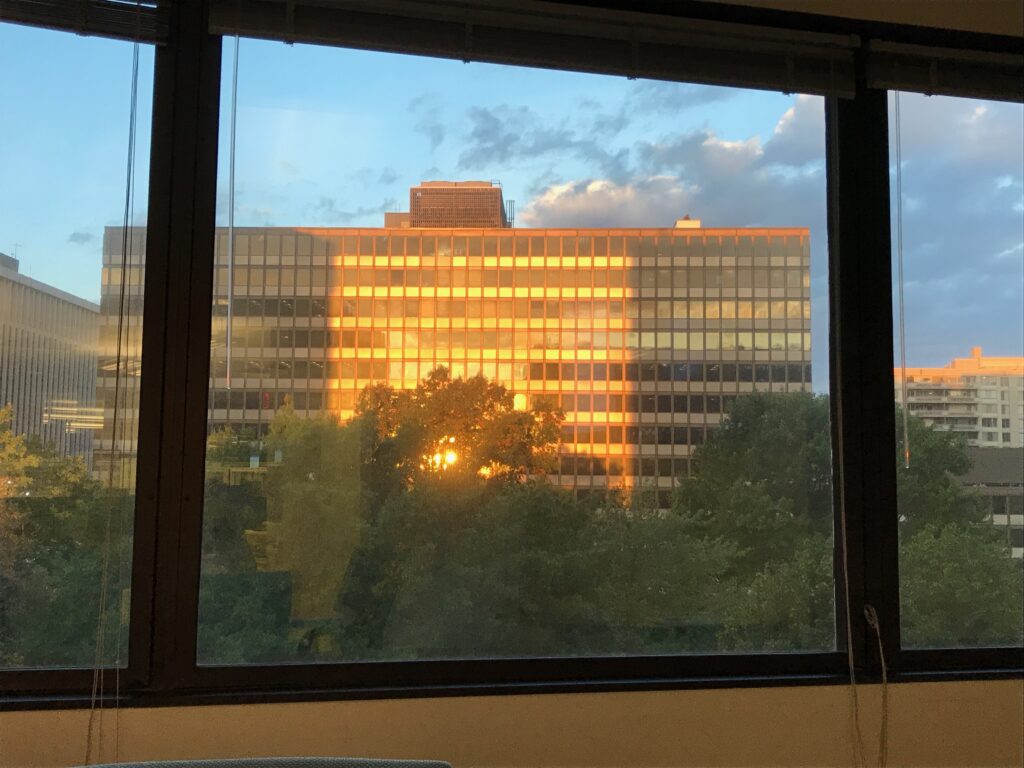Mall Alone

Granted, I was there on an odd Thursday afternoon, but at first I was optimistic. There was a crowd outside the Cheesecake Factory, a post-graduation celebration from the looks of it. Maybe the mall would be bustling, as it used to be.
But once inside, my spirits sagged. It was the usual sparse crowd: a few mall walkers, some mothers and children, people marching determinedly from one store to the other, completing their errands with dispatch (one of them me).
So many mall memories: taking the girls there to buy summer play clothes, First Communion dresses, prom gowns. To have their ears pierced or celebrate with lunch on the last day of school.
I miss the girls’ young selves more at the mall than most places, which is strange because we often had battles there. I didn’t buy them skanky shorts and tops at Limited Too. I humiliated them when I asked the clerk at Abercrombie and Fitch to turn down the music. The mall was one of those places where we interacted with the world — and the world seemed to be winning.
Now the children are grown and the mall is empty. I know that these two states are linked mostly in my own mind, one truth personal, the other sociological. But it’s hard not to see a connection.

